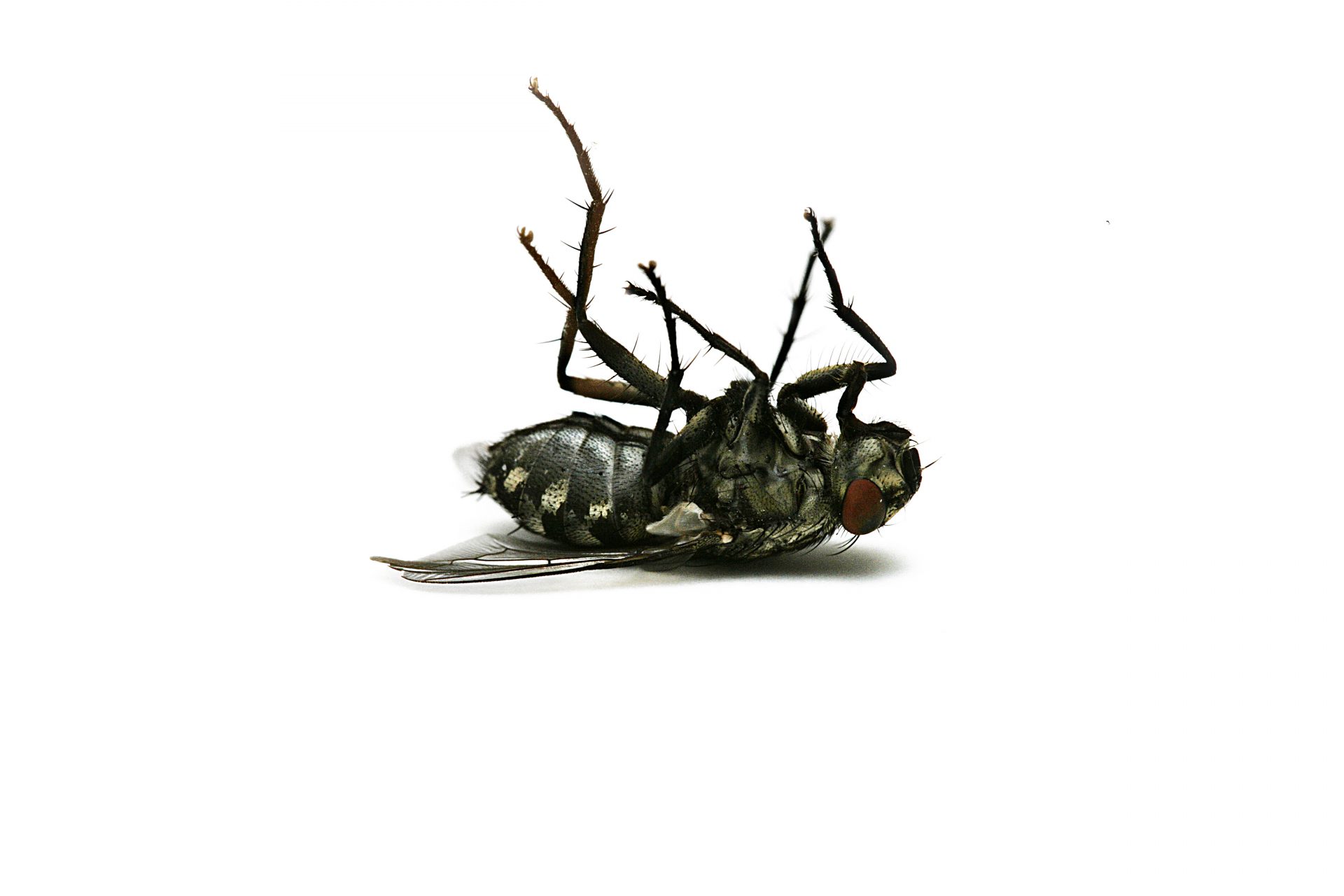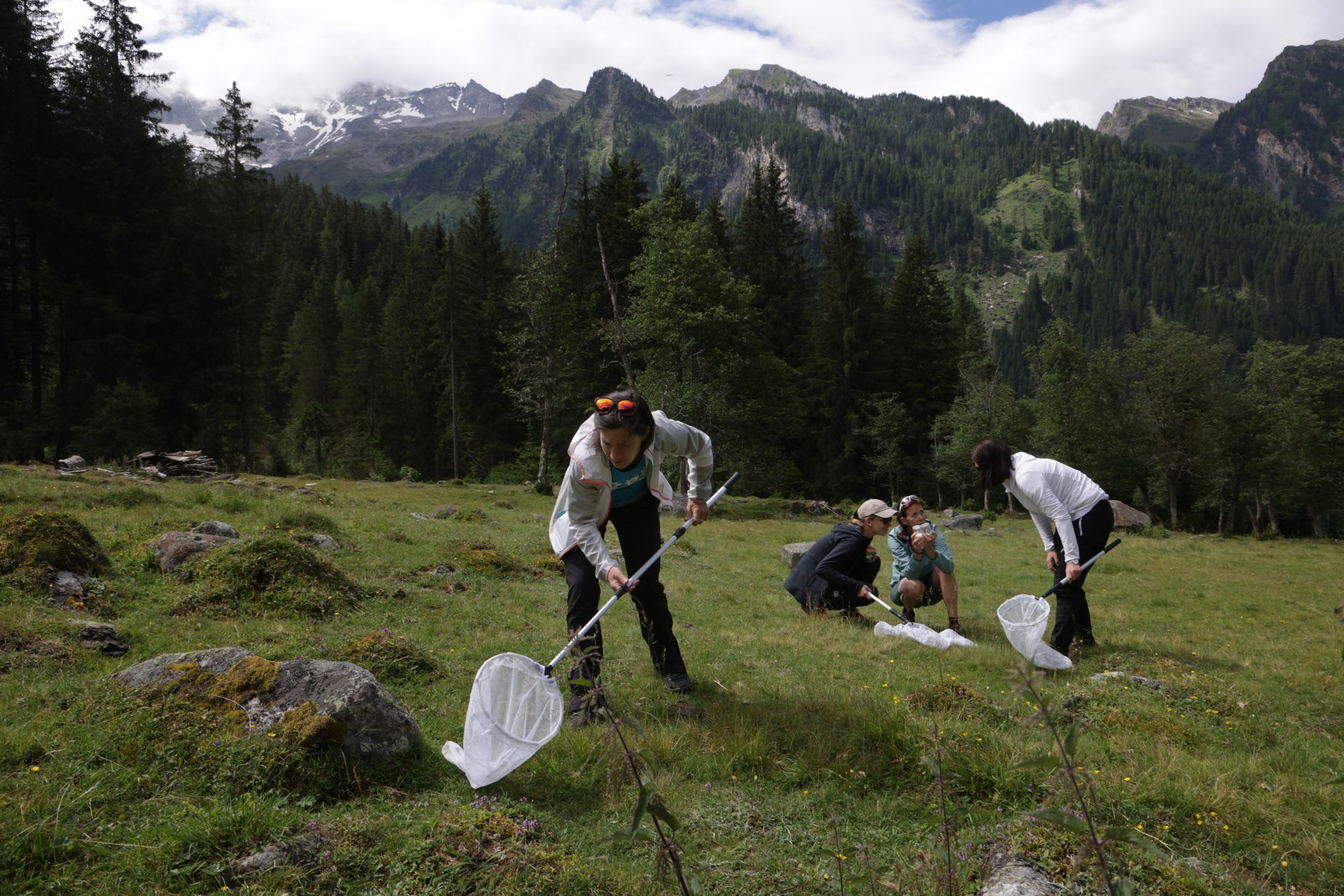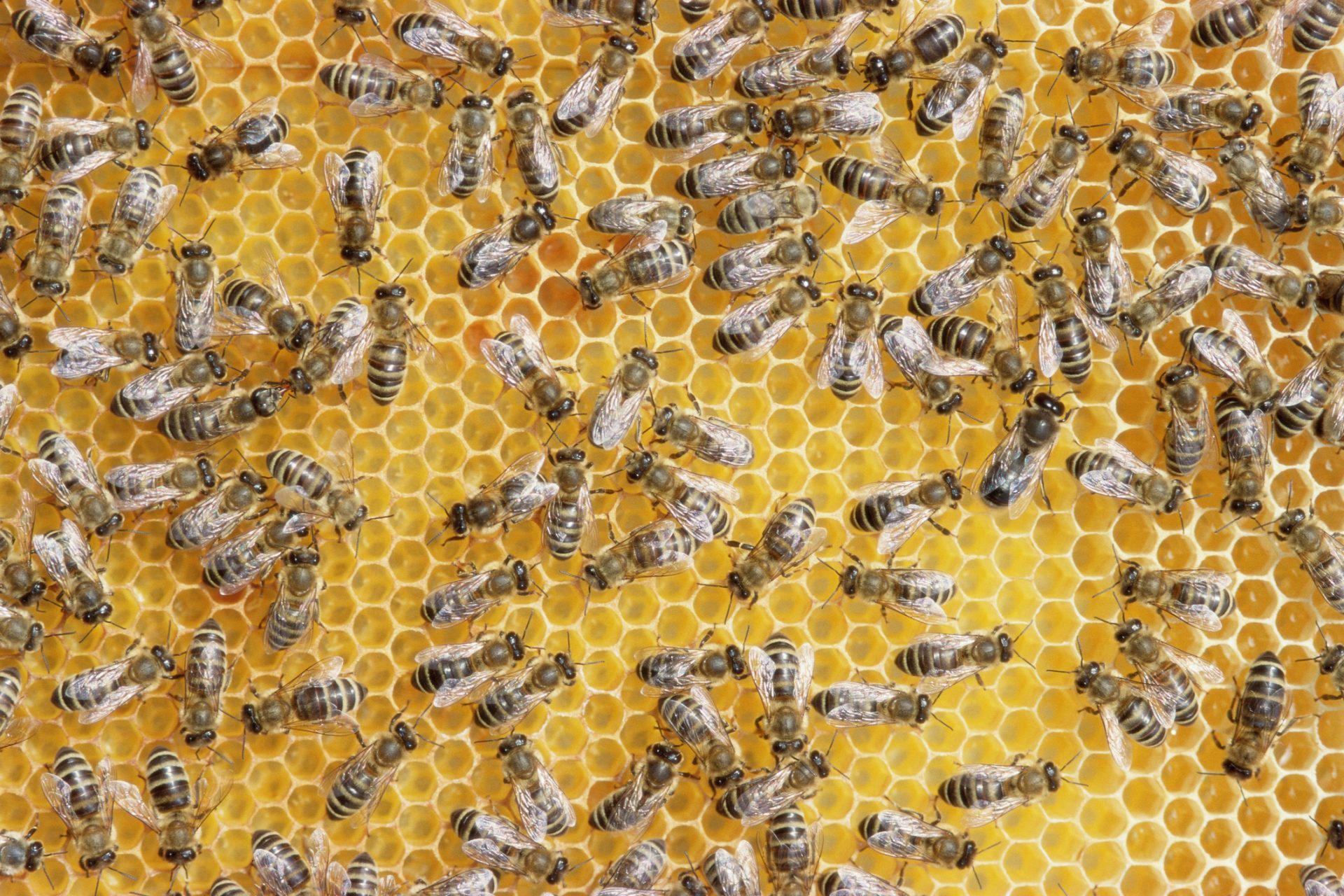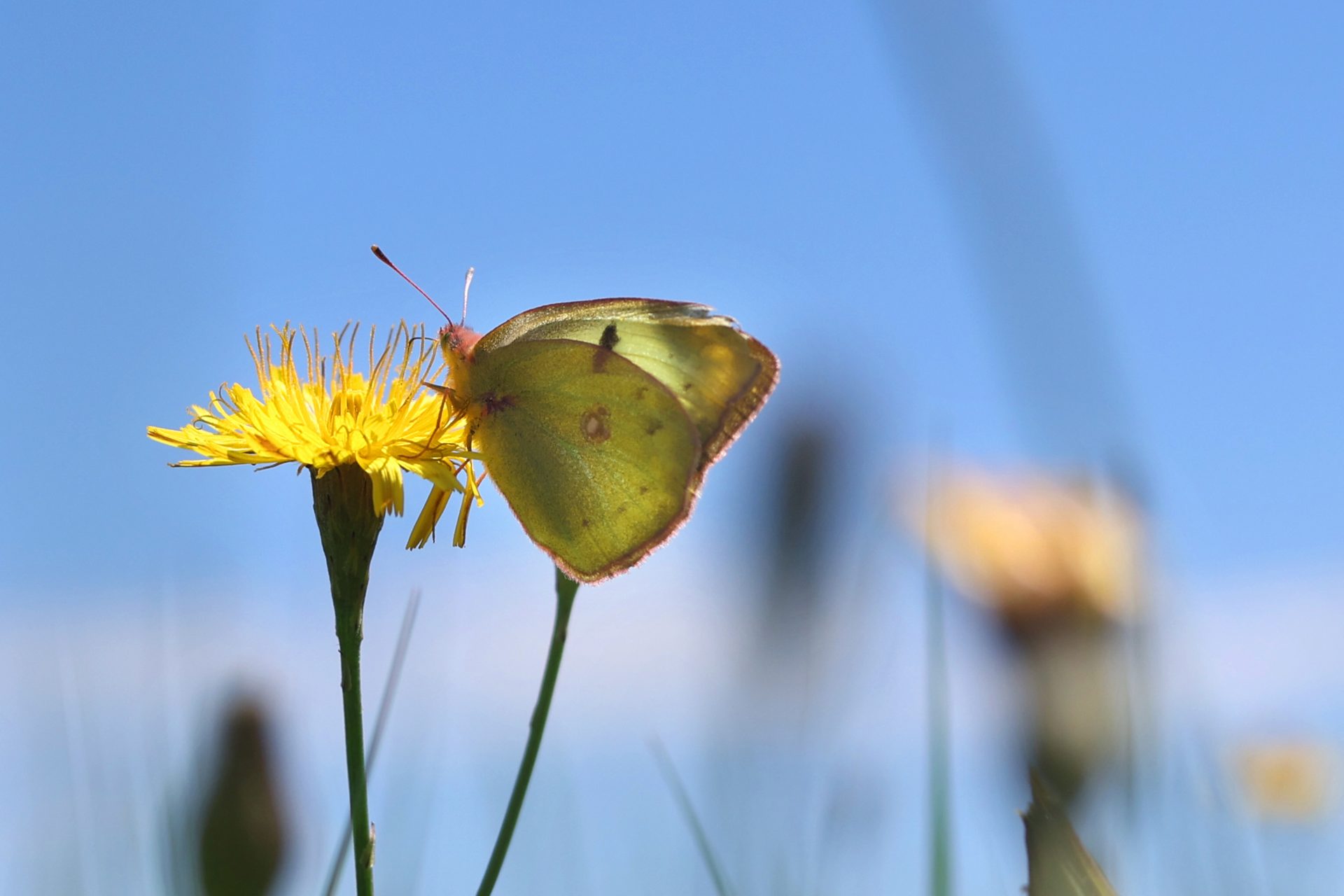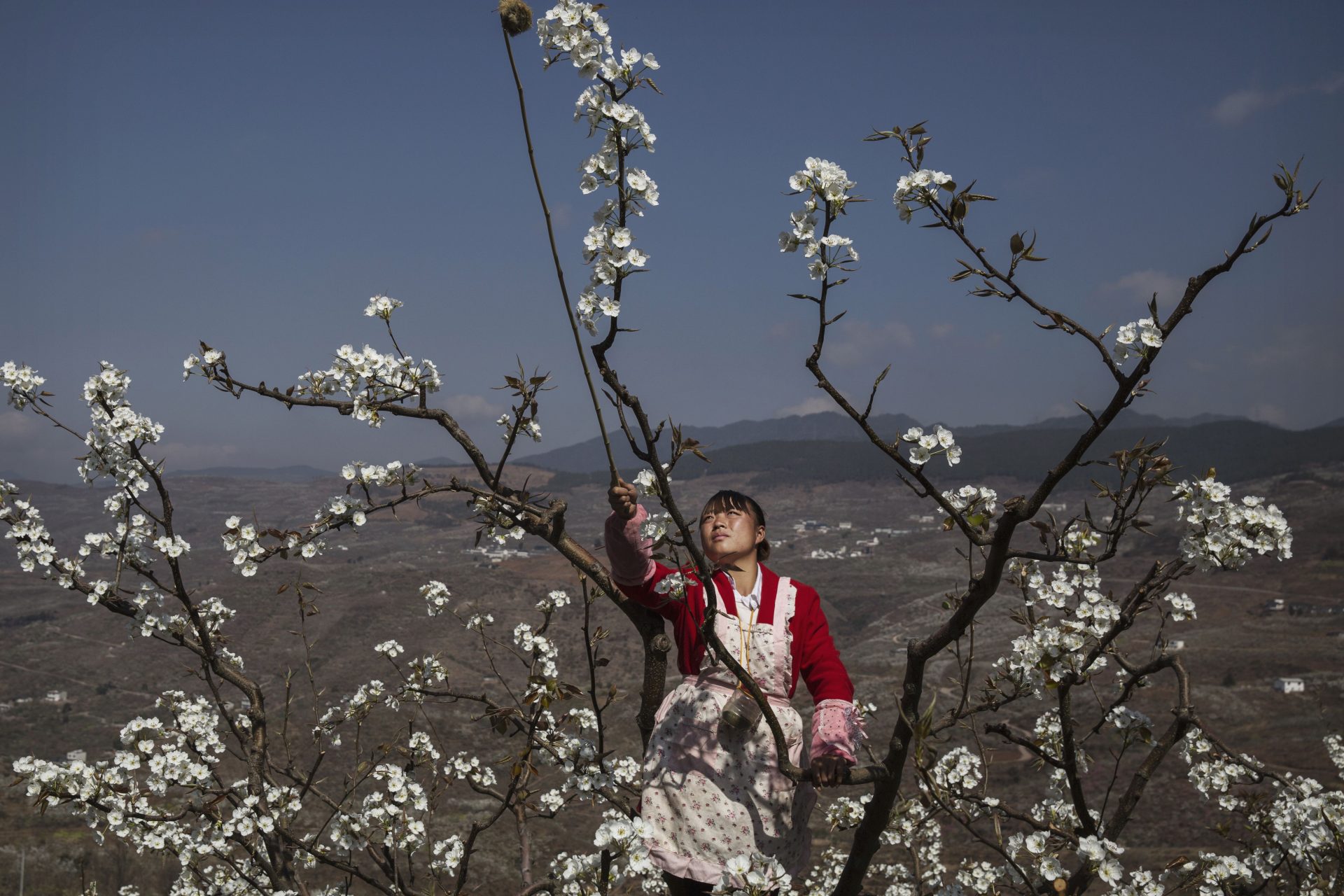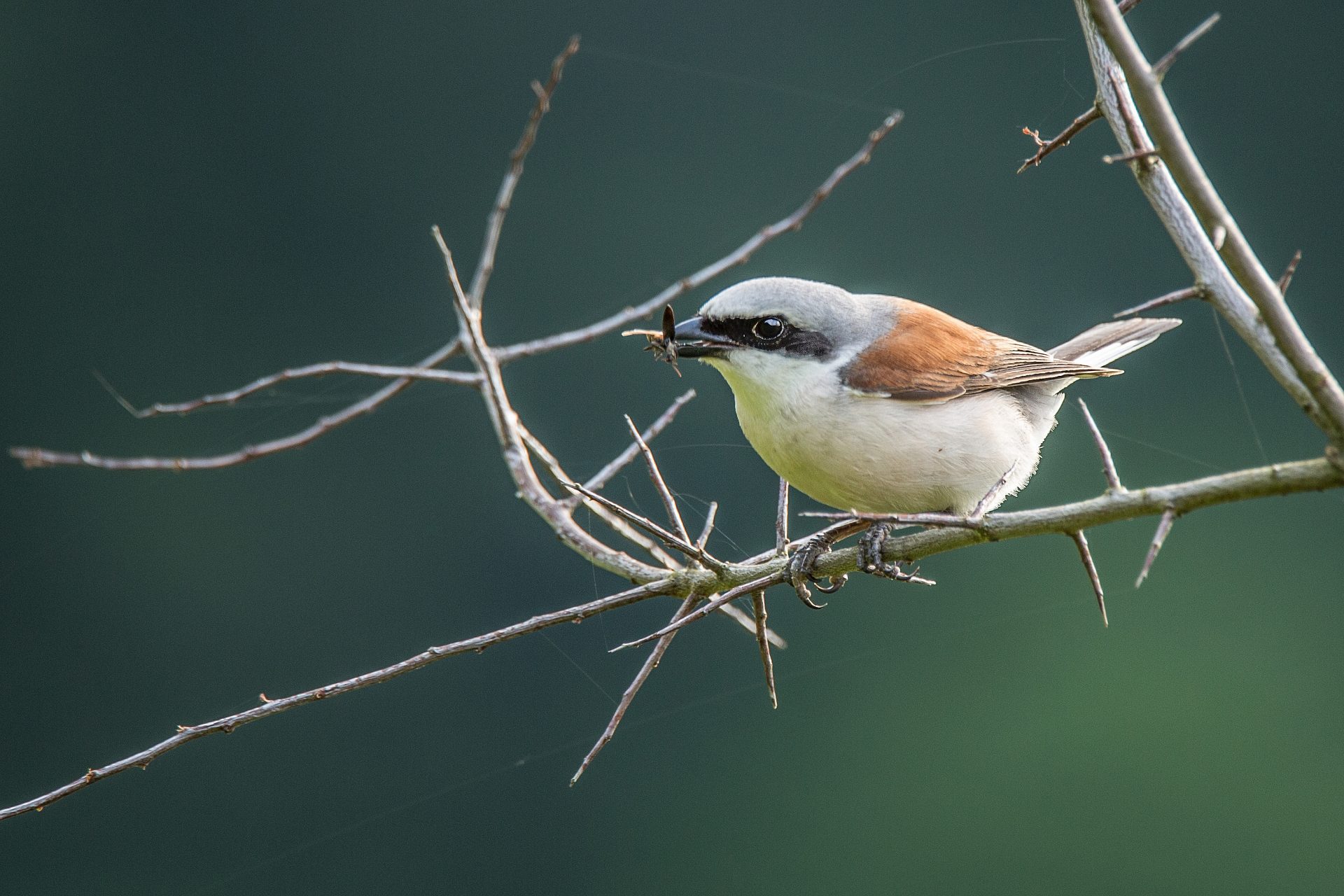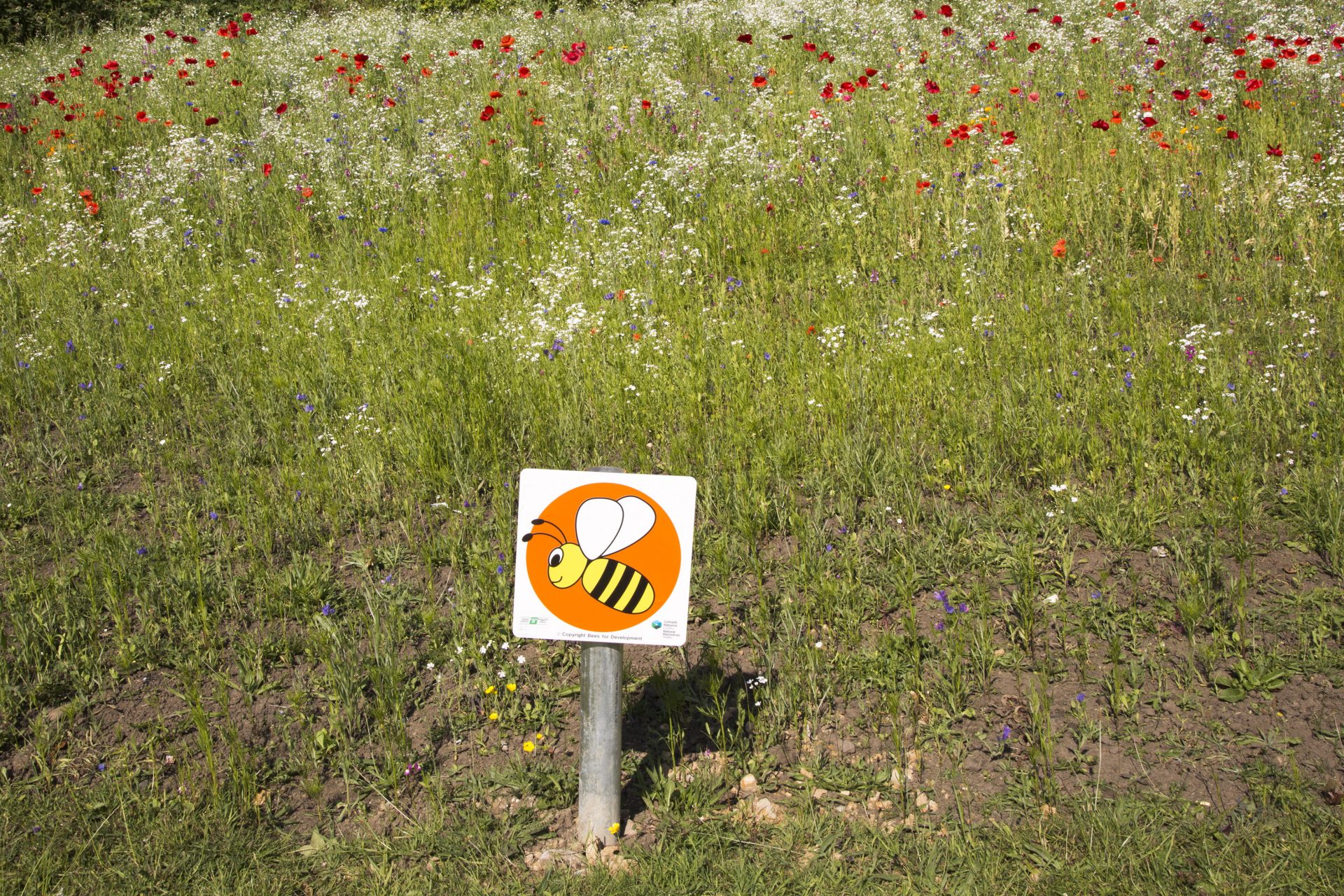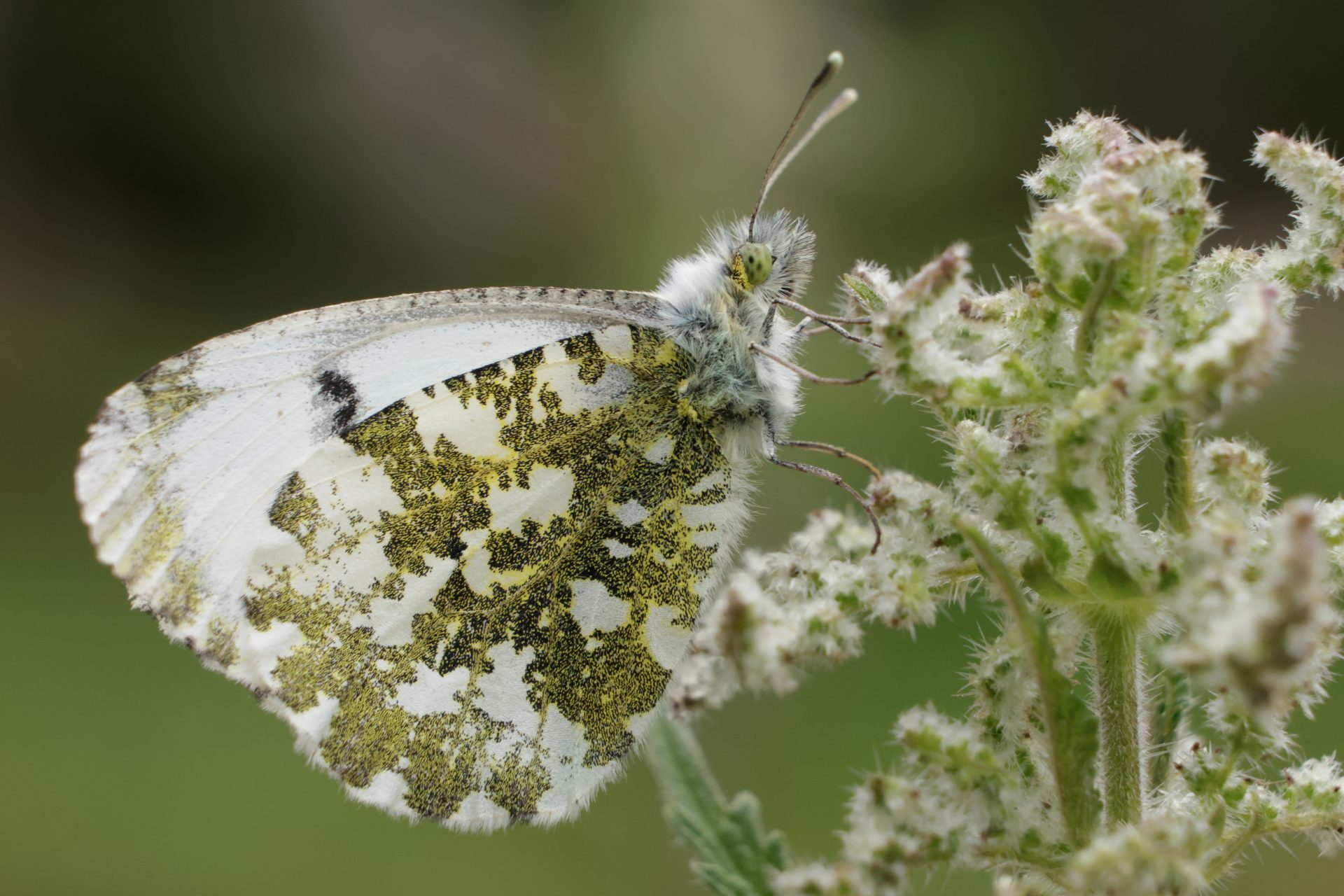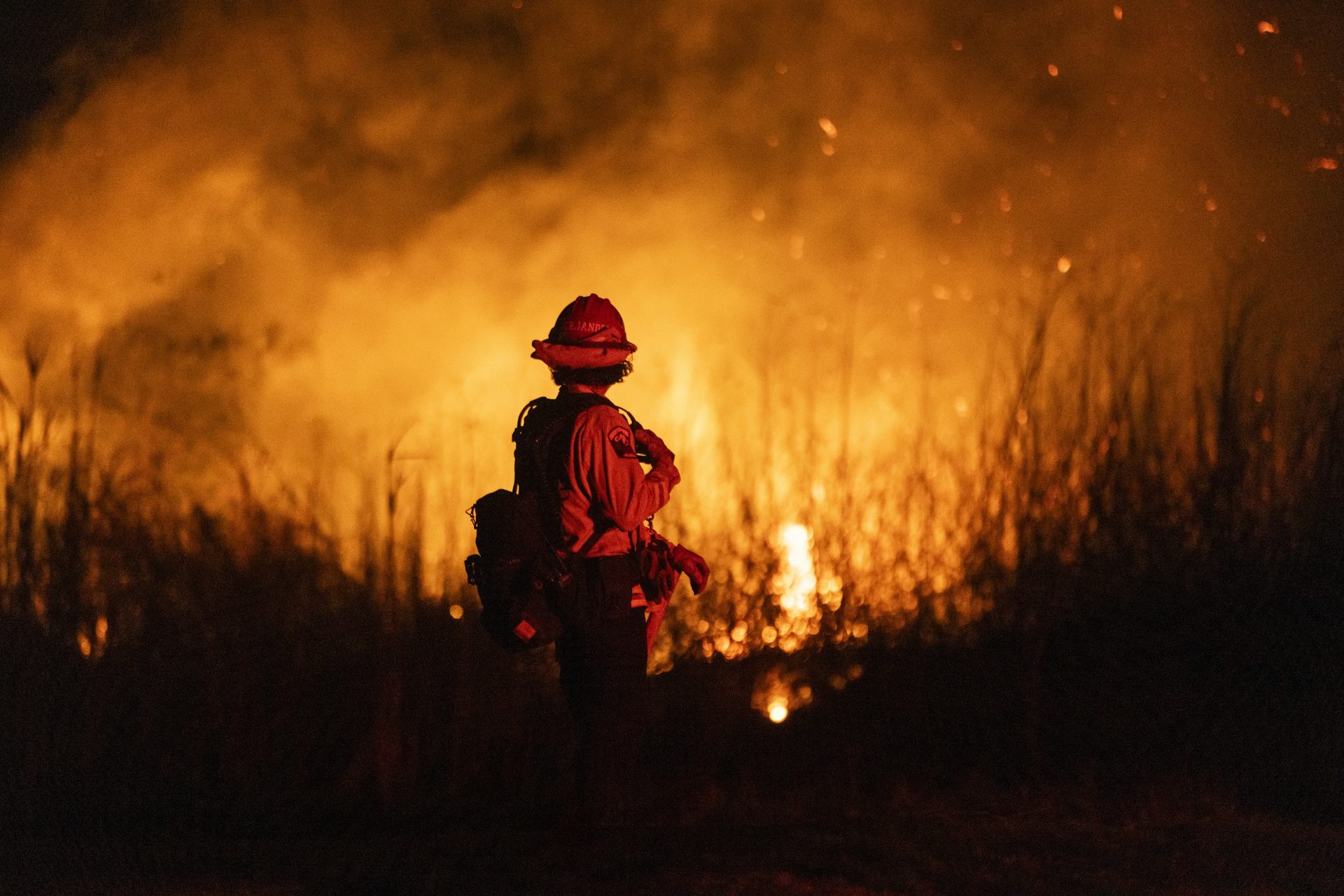The insect apocalypse may be looming. But here’s what you can do to help.
While a lot of people don’t love insects buzzing around them or creeping into their homes, bugs play a critical ecological role. Think back to when you were young… do you remember insects coating your windshields or buzzing in a much greater quantity? Well, that memory is likely not exaggerated. Here’s what we know.
A study published in 2017 revealed that flying insect biomass in Germany has plummeted in recent years. The peer-reviewed article estimates a seasonal decline of 76% and a mid-summer decline of 82% in less than three decades. They found this decline regardless of habitat type, and such a severe drop was unexplainable by changes in weather, land use and habitat characteristics.
In North America, these majestic butterflies have declined 85% in two decades, according to the Center for Biological Diversity. The western population — which overwinters in California as part of its international migration — has suffered a 99% decline. The center says they are threatened by pesticides, urban development and climate change.
It is a pattern seen around the world. Dragonflies are highly sensitive and populations are declining all over. But in South and Southeast Asia, over a quarter of dragonfly species are at threat of extinction, due in large part to the clearing of wetlands and rainforests, according to the International Union for Conservation of Nature.
In the US, bees have been experiencing catastrophic die-offs, with some areas reporting annual colony losses of up to 40%, according to the US Department of Agriculture. The phenomenon, known as Colony Collapse Disorder, is compounded by factors such as pesticide exposure, habitat destruction, and the proliferation of pests like the Varroa mite.
One more terrifying fact — a 2019 paper in Biological Conservation reported that 40% of all insect species are declining worldwide. Furthermore, one-third are endangered. “It’s clear that something is seriously amiss,” environmental writer Oliver Milman told NPR.
It’s not just bees, but many insect species pollinate the crops humans need to thrive on this Earth. And it’s not just about peace, love and harmony with nature.
In China, where the loss of insects has been so bad, farms have had to gather armies of people to go and fan orchards with paintbrushes and fathers on sticks to pollinate crops by hand, according to Millman.
A 2006 scientific study published in BioScience estimated that ecological services provided by wild insects were worth at least $57 billion in the US alone — an amount that they said justified putting more resources into conservation.
Bugs aren’t just for pollinating food — they are one of the base levels of the food chain. No bugs mean no food for many creatures. In the UK, insectivore populations have suffered huge declines like the spotted flycatcher falling by 93%, the cuckoo dropping by 77% or the red-backed shrike (shown) going extinct in the 1990s in the UK, according to the Guardian.
Threats to insects are multipronged (climate change, pesticides, invasive species) but one major threat is habitat loss. Milman explains that’s not just the Amazon disappearing, but a field paved to turn into a Starbucks or a wildflower field made to produce corn or another mono-crop.
While the stats may be stark, that does not mean the situation is hopeless. In fact, some efforts to bring back the bugs have proven successful. Some of these strategies can even be applied in your own gardens or balconies.
Scientists from the UK and US analyzed 31 studies over the last 30 years looking at pollinator-friendly planting across different scales. They found that small plots of wildflowers packed a lot of punch for their size. Planting on just 30m2 (320 square feet) plots increased the number of bees in the areas from 1,360 to 3,550 in just four years.
Research conducted has found that organic farming increases the number and biodiversity of insects on a piece of land (22 and 36% higher respectively), according to a 2021 peer-reviewed study. Highlights the negative impact of synthetic pesticides and fertilizers, even if you don’t have a garden of your own, you can always opt for organic produce.
Another way to help the insects is by engaging in local or online citizen science projects that focus on monitoring and supporting insect populations. This can provide valuable data for researchers and increase your understanding of the local ecosystem.
While it may not be the typical green lawn, installing insect hotels, leaving dead wood in your garden, and maintaining patches of bare soil can offer crucial nesting and overwintering sites for a variety of insects. Likewise, opting for native plants can give bugs what they’ve evolved with to help them survive.
More for you
Top Stories



